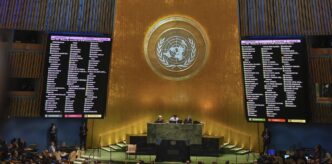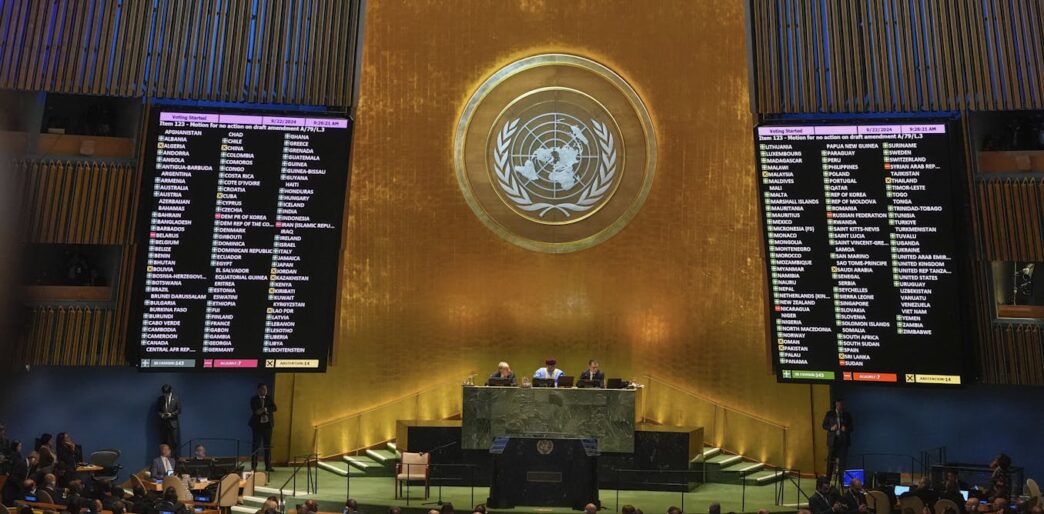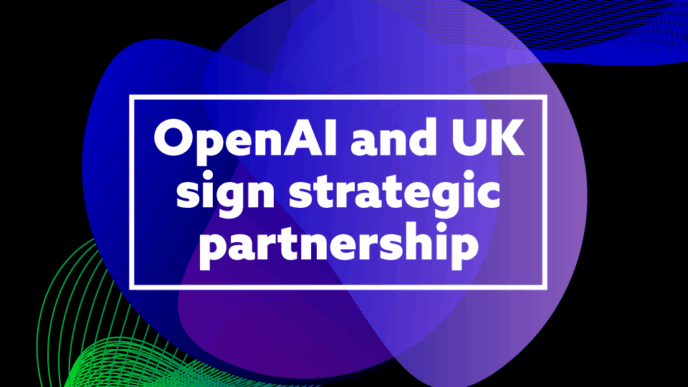UN members adopted the Pact for the Future at the September 2024 Summit in NYC. The pact targets digital inclusion, human rights in digital spaces, and responsible AI governance. It includes two annexes: the Declaration on Future Generations and the Global Digital Compact.
The pact pledges to protect present and future generations, accelerating AI development but also considering risks. However, it falls short on integrating the latest science about planetary boundaries and climate justice.
The document touches on justice but mostly sticks to human rights. It downplays broader justice concepts like data justice, epistemic justice, and procedural justice. Climate justice is weakly addressed; it omits stricter targets needed for fairness, such as limiting warming to 1°C rather than 1.5°C to prevent extreme heat exposure.
The pact warns of ongoing crisis risk but lacks mechanisms to enforce or monitor national commitments. It depends heavily on Earth observations and digital twin tech for tracking progress, such as the European Commission’s Digital Twin of the Ocean—which uses AI-driven models to simulate ecosystems in real-time.
AI’s rapid advance over the next two years puts pressure on shaping its impact positively to support the pact without adding to fossil fuel use.
UN funding is in crisis. Only 51 of 193 members paid dues on time in 2024. Major contributors like the US and China pay late or partially. The UN’s ability to fund global programs and support developing countries is constrained.
Debt repayments in developing countries reached $1.4 trillion in 2023, making funding through loans risky. The pact calls for predictable, stable financing and resource redistribution to meet minimum needs and climate goals fairly.
Despite ambitious goals, the pact’s impact depends on technology, science-policy collaboration, and urgent fixes to major funding gaps holding the UN back.
A 1972 image of the Earth taken during the Apollo 17 mission. Planetary justice means considering human and non-human life, Earth systems and responsible management of resources.
(NASA)

Researchers have created a digital twin of the ocean, a virtual model that uses global data to create highly detailed simulations.
(Allec Gomes/Unsplash)














